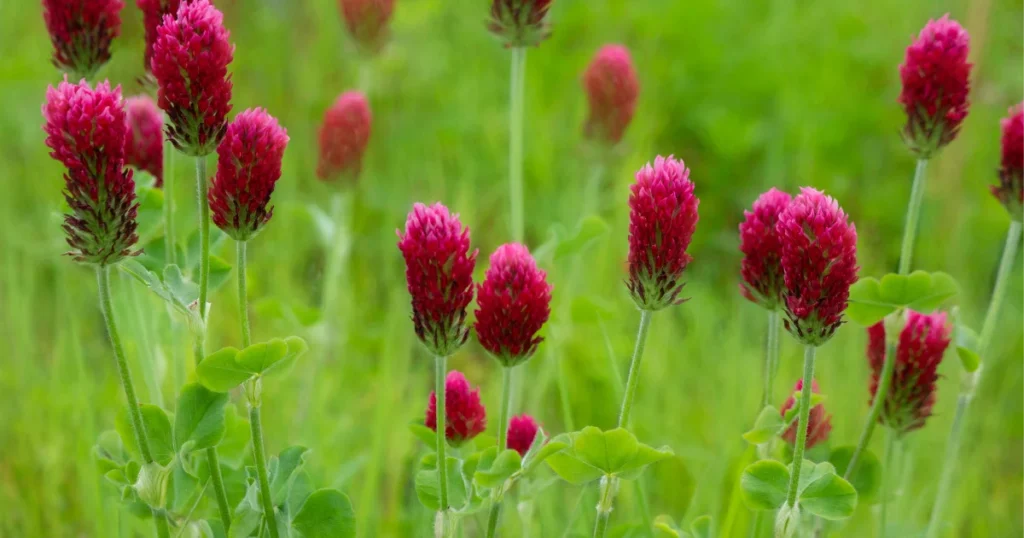Benefits of Cover Crops in Rotations
Introduction:
In the realm of sustainable agriculture, cover crops stand as a silent force, wielding immense benefits for soil health and crop productivity. Integrated into garden rotations, cover crops are vital allies, reviving soil, curbing weeds, and boosting fertility. This detailed exploration uncovers the myriad benefits of cover crops in rotations for your garden regimen.

Unveiling the Essence of Cover Crops
Defining Cover Crops
Cover crops, often referred to as green manure crops, are plants deliberately cultivated to enhance soil quality and fertility rather than for harvest. They play a pivotal role in the interim periods between cash crop production cycles.
Diverse Array of Cover Crops
Cover crops span a spectrum of varieties, each contributing distinct benefits:
- Legumes: Renowned for nitrogen fixation, enhancing soil fertility.
- Grasses: Providers of biomass, contributing to organic matter and weed suppression.
- Brassicas: Soil breakers, alleviating compaction and scavenging nutrients.
Benefits of Cover Crop Integration
Soil Enrichment
- Nutrient Fixation: Leguminous cover crops like clover and vetch enrich the soil by capturing atmospheric nitrogen, reducing synthetic fertilizer use.
- Organic Matter Augmentation: After incorporation, cover crops enrich the soil with organic matter, enhancing structure, moisture retention, and nutrient accessibility.
- Erosion Mitigation: Cover crops establish robust root networks that act as anchors, effectively preventing soil erosion, particularly in regions prone to inclement weather.

Weed Abatement
- Competitive Exclusion: Cover crops outcompete weeds for essential resources—light, water, and nutrients—dampening weed proliferation and seed dissemination.
- Allelopathic Suppression: Some cover crops release allelochemicals, hindering weed seed germination and growth, and serving as a natural defense mechanism against weed invasion.
Pest Regulation
- Beneficial Insect Havens: Cover crops provide habitat for beneficial insects like ladybugs and predatory wasps, aiding sustainable pest management while also contributing to attracting pollinators.
- Trap Cropping Strategy: Strategically chosen cover crops can divert pest attention away from cash crops, functioning as sacrificial offerings and mitigating pest-related damages.
Water Conservation
- Enhanced Infiltration: Deep-rooted cover crops foster soil aeration and improve water penetration, curbing runoff and erosion, and bolstering soil moisture retention.
- Drought Resilience: With increased soil organic matter from cover crops, water-holding capacity improves, enhancing resilience against drought.
Enacting Cover Crop Integration in Garden Rotations
Rotation Blueprinting
- Strategic Sequencing: Craft a rotation schedule aligning cover crops and cash crops based on their nutritional demands, growth patterns, and seasonal suitability.
- Seamless Integration: Fuse cover crops seamlessly into the rotation plan, ensuring maximal benefits with minimal disruption to cash crop cycles.
Planting and Oversight
- Timely Sowing: Optimal cover crop planting windows coincide with periods of garden dormancy, typically in fall or early spring.
- Vigilant Establishment: Prioritize meticulous seedbed preparation and adhere to recommended seeding rates to ensure robust cover crop establishment.
- Methodical Termination: By employing suitable termination techniques like mowing, rolling, or incorporation, cover crop competition with cash crops is avoided, preserving soil integrity.
Summation:
the incorporation of cover crops into garden rotations heralds a multitude of benefits, spanning from soil revitalization and weed suppression to pest management and water conservation. Through careful selection and skillful management of cover crops alongside cash crops, gardeners promote sustained soil health, increased crop yields, and long-term environmental stewardship.






